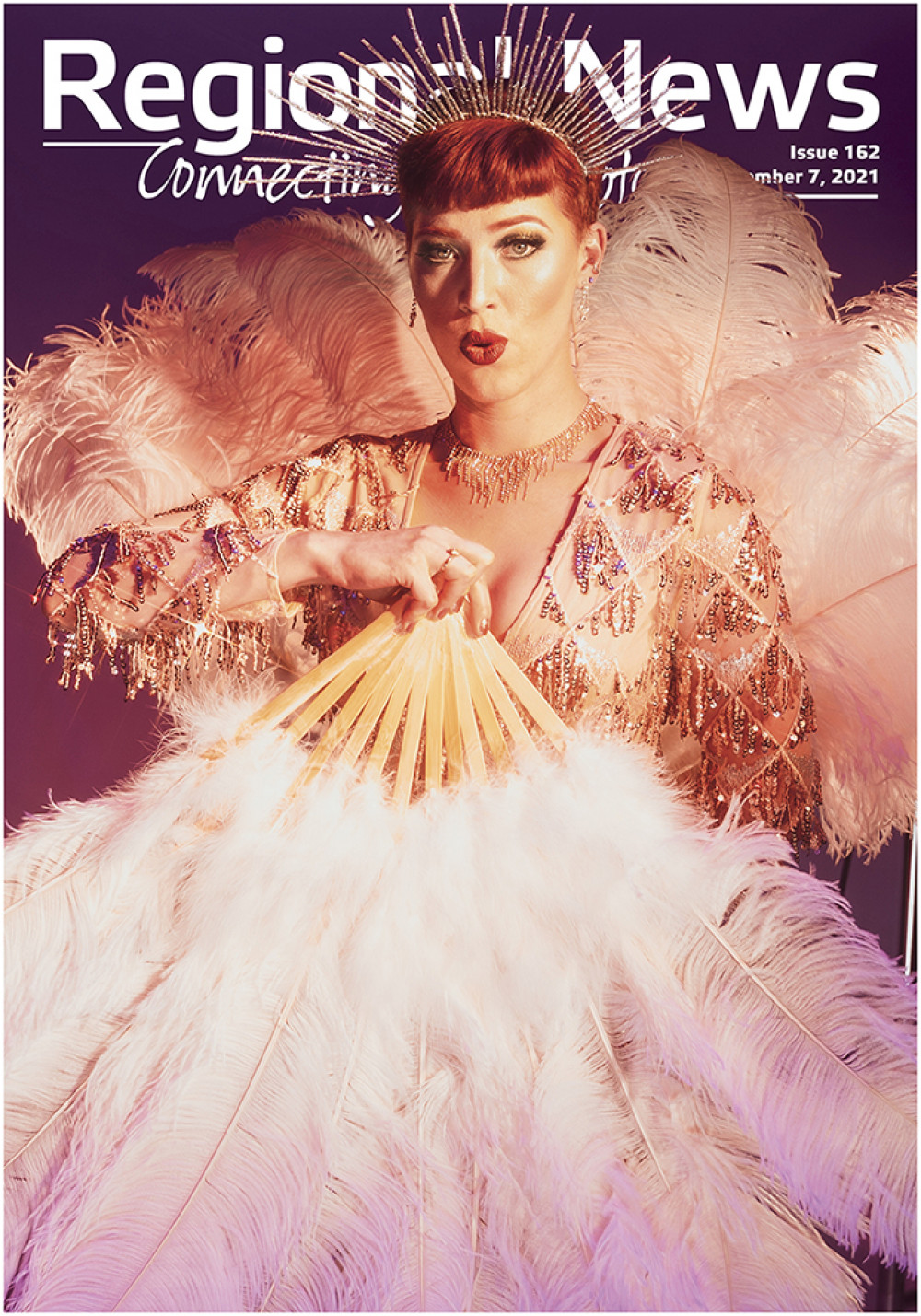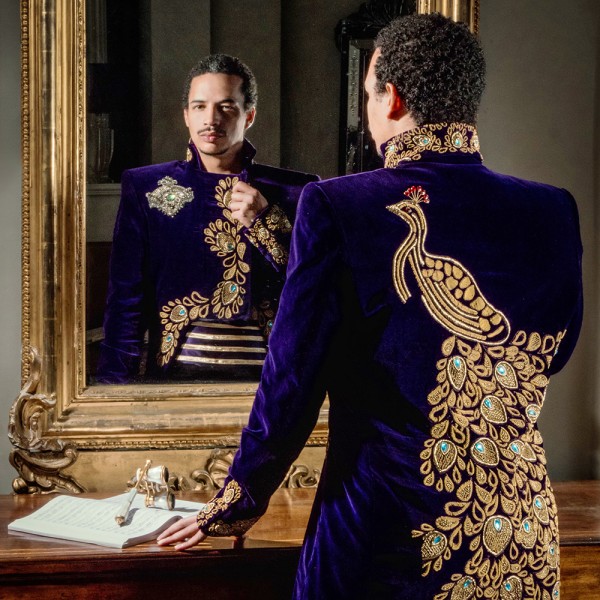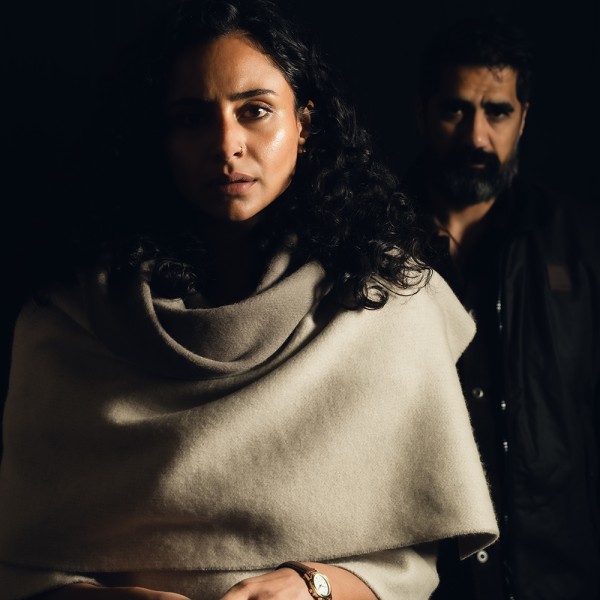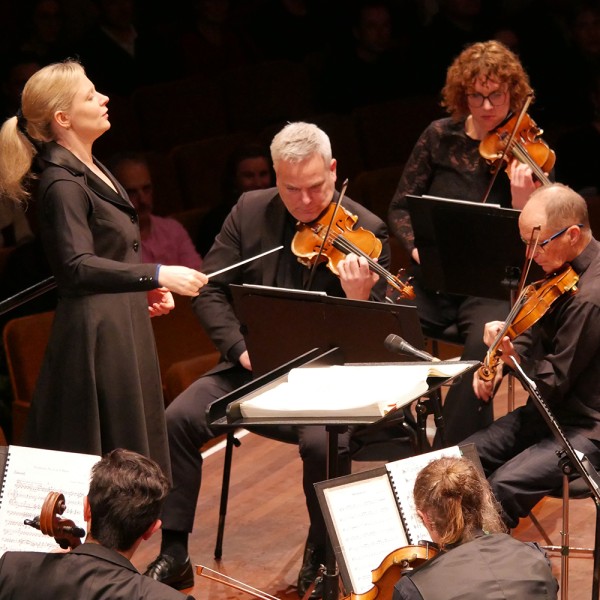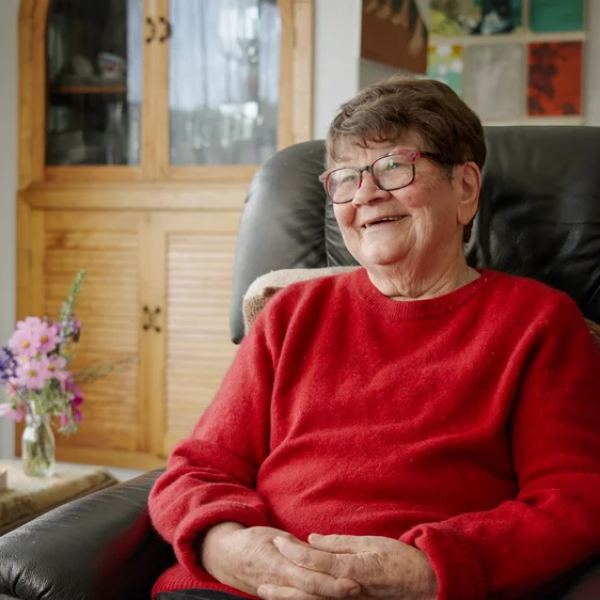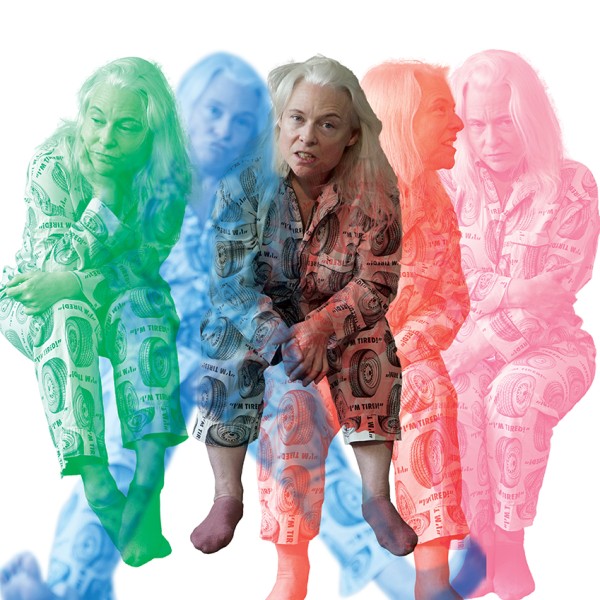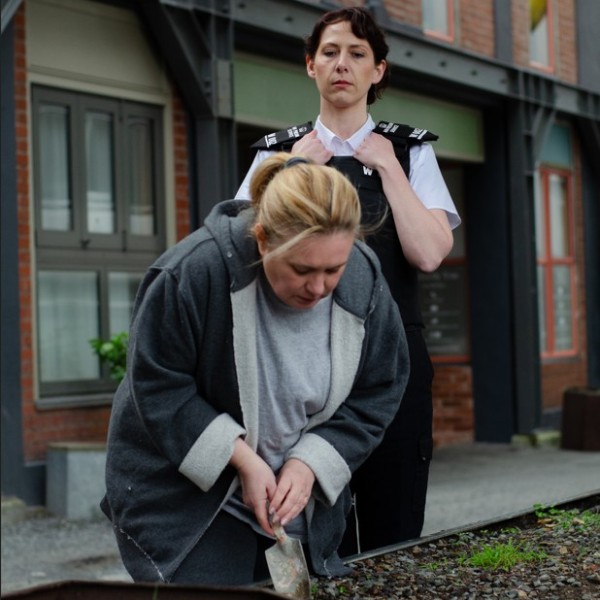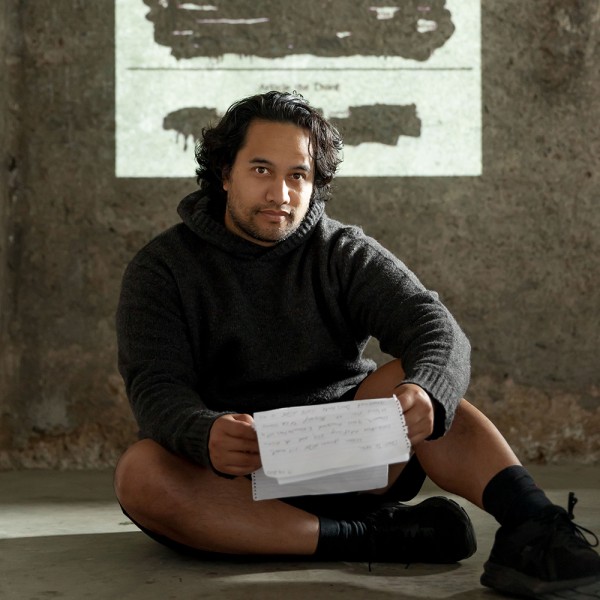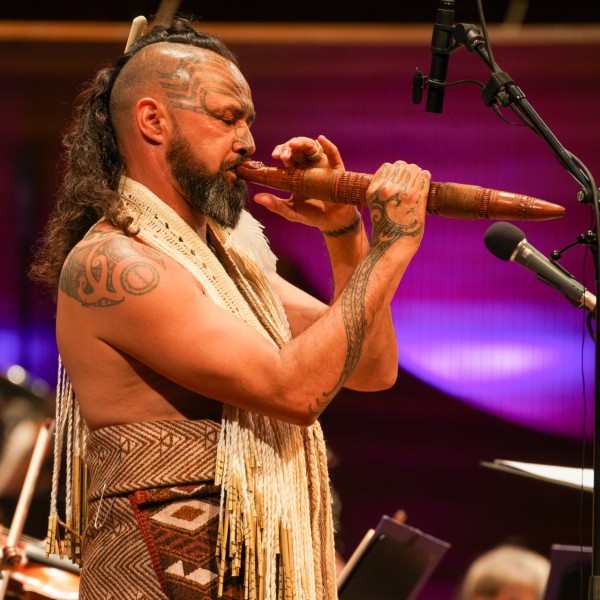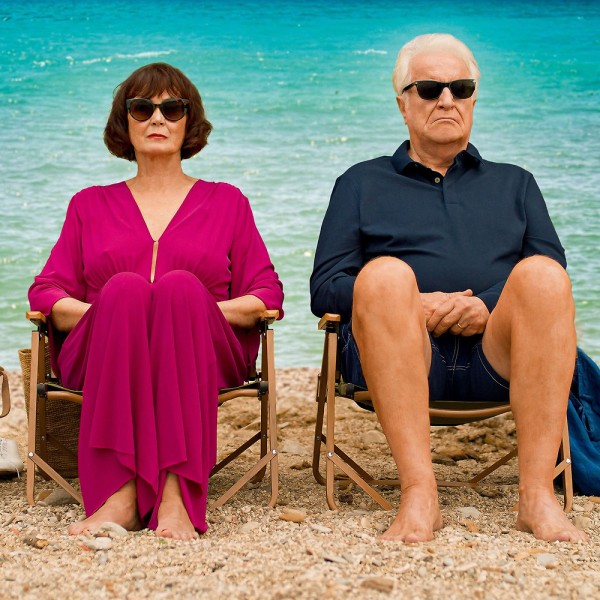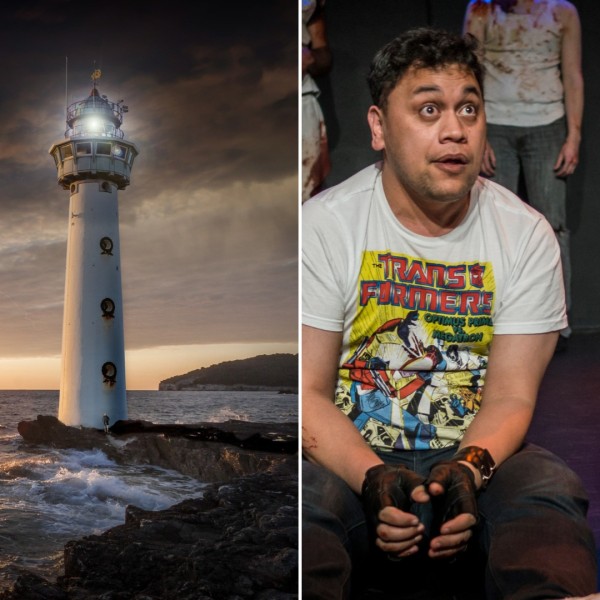
Split Bill: Friends to the End & The Lighthouse
Presented by: Wiremu Tuhiwai & Brendon Bennetts and PROTEA Impro
BATS Theatre, 30th Sep 2025
Reviewed by: Tanya Piejus
Two compact improvised performances come together as part of the New Zealand Improv Festival for a touching and entertaining hour of contrasting entertainment on the broad theme of friendship.
Created by PROTEA Impro from Tasmania and directed here by Jim Fishwick, Brenna Dixon and Benny Marama take the stage first for The Lighthouse, a charming and gentle tale of two lighthouse keepers who unintentionally find themselves sharing duties for 24 days when they were each looking forward to solitude. After an awkward introduction, they delicately explore each other’s personalities and dreams through deceptively simple questions about pets, kids, and favourite travel destinations. A mouse named Erik (with a K) who nests under the Weetabix becomes a cherished pet that binds them together when Chaffer eventually leaves.
The two performers are endearing and create beautiful existential portraits of two lost souls who find companionship and meaning. Beautifully simple mime and theatre tricks create their tight world, and the overall performance is deeply affecting to the extent it made the person sitting next to me cry.
Upping the energy and taking a more classic improvisational approach, Wiremu Tuhiwai and Brendon Bennetts bounce onto the stage with a Shaun of the Dead-inspired apocalypse story, Friends to the End. The audience-derived childhood-best-friends activity of playing with walkie-talkies, the Spice Girls’ song 2 Become 1, and an origami paper game selection of ‘reptiles evolve’ provided the parameters of the story. From there, they developed a hilarious narrative about BFFs Aaron and George dealing with the end of the world as lizards become sentient, lasso human hosts, and trample Godzilla-like over life as we know it.
Tuhiwai and Bennetts have great chemistry and their ability to create an instant story is whip-smart. The injection of a sub-plot about George sleeping with Aaron’s ex who then becomes the lizard queen is brilliant.
Accompanying both tales are Beans Wright on violin and Criss Grueber on keys, who provide appropriately lyrical and exciting music to support the diverse and equally enjoyable narratives.



